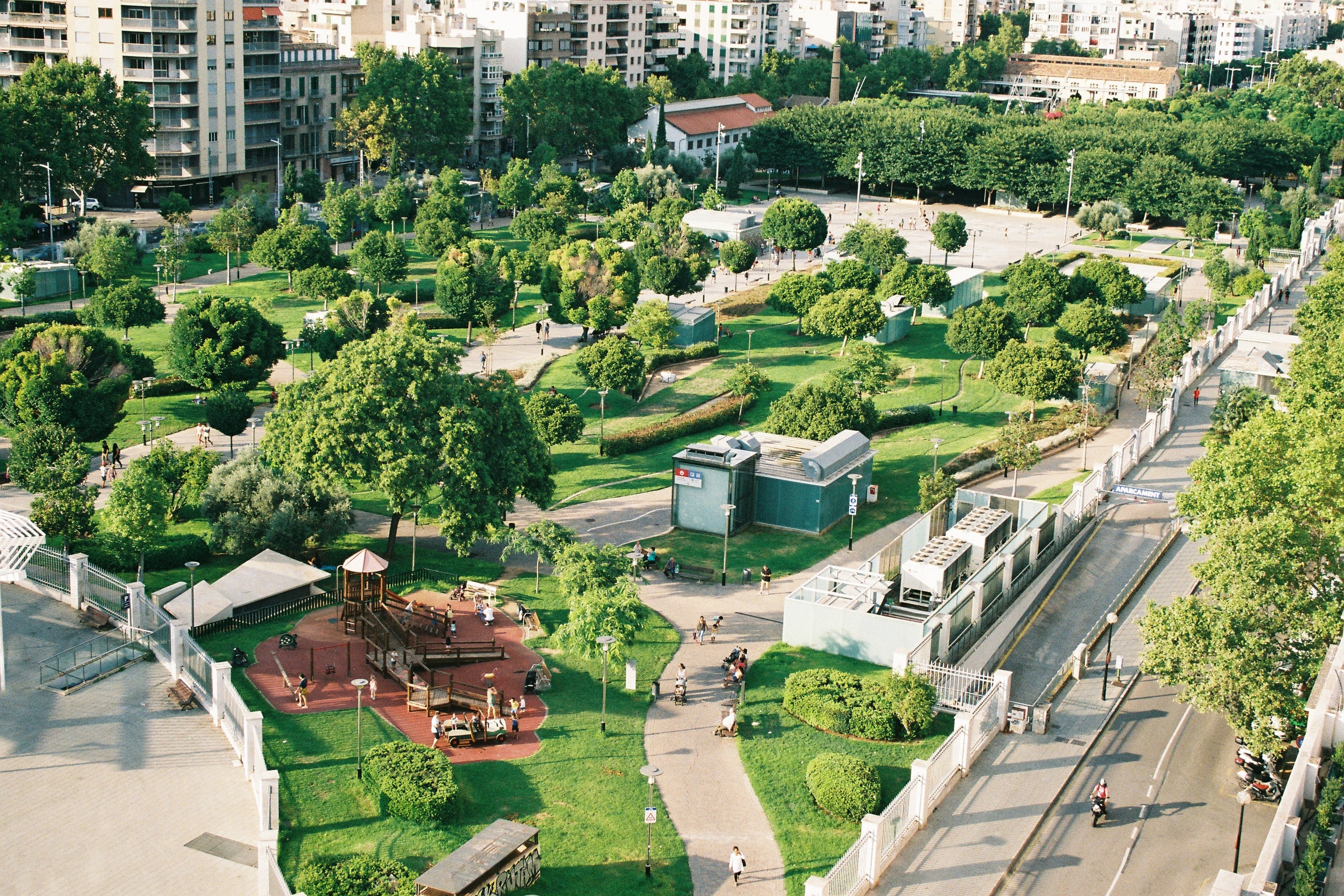Urban land in Italy

Such areas are usually small and fragmented, so it is complicated to asses their extension and relevance on the territory, however their social impact has a great value citizens. Moreover, these lands can be places of education about environmental aspects and good practices for a sustainable society.
The cities of Cuneo, Modena and Trieste are the ones having more trees on public ground per 100 inhabitants, in order: 190.4 in Cuneo, 114.7 in Modena and 102.4 in Trieste.
Challenges for this land type
Urbanization excess is putting efficient soil use at risk, reflecting on food security and sustainability.
Through a series of good soil management practices, it could be possible to improve citizens wellbeing and services: for example, plants and green urban areas can reduce the risk of flooding and serve as water retaining systems, while they can also improve air quality and the hospitality of the environment in which people live and work.
Other challenges include the implementation of biodiversity spaces and pollutant management.